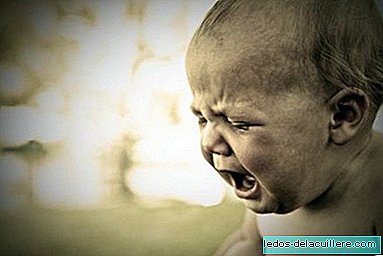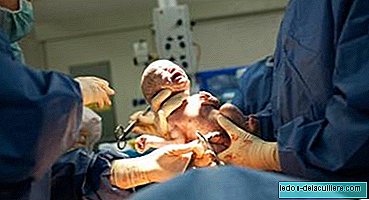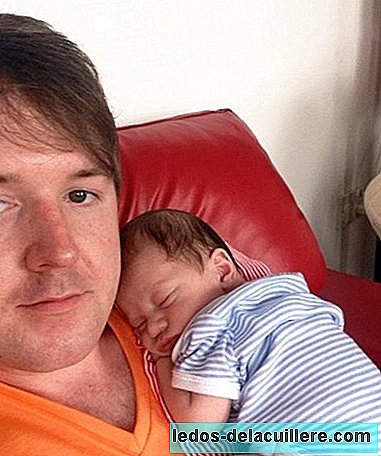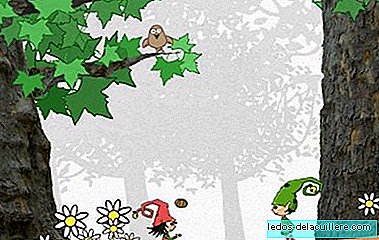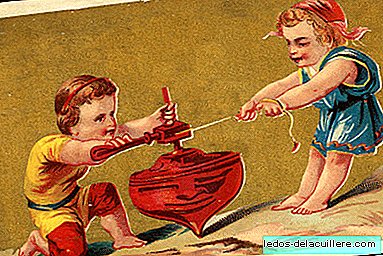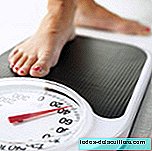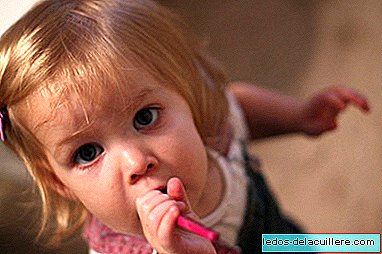
The appearance of fluoridated toothpastes 30 years ago caused a very significant decrease in oral-dental diseases and the Spanish Society of Pediatric Dentistry (SEOP) states that the proper method for the treatment and prevention of caries is brushing with fluoridated toothpaste with a fluoride composition exceeding 500ppm (parts per million)
But do we know what toothpaste to use with our children?
SEOP recommendations
The recommendations of the SEOP for oral hygiene in children are the following:
Between 6 months and two years: Brush twice a day with a toothpaste with 500ppm and the amount similar to a pea.
Between 2 and 6 years: twice a day with a toothpaste with between 1000 and 1450 ppm of fluoride and the amount similar to a pea.
Above 6 years: twice a day with a toothpaste with 1,450ppm of fluoride and the amount of one to two centimeters (it is approximately what measures the part of the toothbrush that carries the filaments).
Daily use Toothpaste, as well as review and control of diet, use of sealants and topical fluoride are important to maintain proper dental hygiene.
When fluoride toothpaste is used together with other means of fluoride contribution, the cumulative effect of fluoride must be taken into account, especially in less than six years.
It must be considered when using fluoride toothpaste the balance between the protective effect of fluoride and the risk of suffering dental fluorosis.
Tooth brushing should be supervised. for an adult at least until the child's seven years.
No evidence found of effectiveness in caries prevention, of pastes with less than 500ppm of fluoride.
Toothpaste

Below you have a list of toothpastes on the market, they are not all but you have a few to choose from. The format that we will follow is: Trade name, fluorine composition in ppm (parts per million) and indicative note of the manufacturer on any compound that is not related to a toothpaste (added vitamins, gluten, xylitol, etc.)
Pasta for use in children under 2 years (between 500 and 1000 ppm)
- Binaca baby teeth, (500 ppm), with xylitol.
- Colgate smiles 2-6, (500 ppm).
- Eroski, (500 ppm), with calcium.
- Fluocaril gel kids, (500 ppm).
- Fúor kin infantil, (500 ppm), with xylitol.
- Gum kids, (500 ppm) With isomalt.
- Liqueur of polo 1-6, (500 ppm), with calcium.
- Oral B stages, (500 ppm).
- Elmex child, (500 ppm).
- Deliplus infant dental gel, (600 ppm), without glute.
- Junior fluorine, (800 ppm).
- Oraldine Junior, (950 ppm), with calcium and vitamin E and xylitol.
Pasta for use in children between 2 and 6 years old
- Auchan rik & rok gel and elixir, (1000 ppm).
- Buccotherm 7-12, (1000 ppm).
- Carrefour kids, (1000 ppm).
- Carrefour kids 2 in 1, (1000 ppm).
- Colgate smiles 6+, (1000 ppm).
- Fluorine kin calcium, (1000 ppm), with calcium.
- Gum junior, (1000 ppm), with isomalt.
- Junior kemphor, (1000 ppm).
- Polo liquor +6, (1000 ppm), with calcium.
- 2-in-1 polo liquor, (1000 ppm).
- Orthokin, (1000 ppm).
- Junior phb, (1000 ppm), gluten free, with xylitol.
- Vitis Junior, (1000 ppm), gluten free, with xylitol.
- Children's Dentabrit, (1100ppm).
- Elmex AC junior, (1400 ppm).
Pasta for over 6 years
- Interapothek children's dental gel, (1469 ppm).
- Fluocaril gel junior, (1500 ppm).
- Ortolacer toothpaste gel, (1500 ppm).
- Orthodontic Vitis, (1500 ppm).
- Lacer junior, (1500 ppm), gluten free, with calcium.
Pasta with a composition less than 500ppm
- He will see her, (0 ppm).
- First teeth Chicco, (0 ppm), with calcium.
- Weleda, (0 ppm), with marigold.
- Buccotherm 2-6, (250 ppm).
- Elgydium gel junior, (250 ppm), with fluorinol (patented Elgydium).
- Phb petit, (250 ppm), gluten free, with xylitol.
- Auchan toothpaste gel, (375 ppm).
- Deliplus toothpaste + elixir, (400 ppm), gluten free
- Homeodent first teeth, (450 ppm).
- Signal children's toothpaste, (450 ppm), with calcium and vitamin E.
Conclusions
Although it may seem a lie, the marks of this study are quite conservative and advise its use for a higher age range than the SEOP considers fit.
Thus there are several toothpastes with a content of less than 1000ppm and therefore suitable for use in children under two years of age, which is recommended to use after two years.
With six years or more we can practically use any children's pasta on the market.
Presence of unnecessary additives such as vitamins, calcium and xylitol.
My personal opinion is that the flavors that resemble gum, candy and other sweets all they get in the little ones is that they swallow the pasta. You should try to find a neutral taste or at least not remind us of anything that is swallowed.


